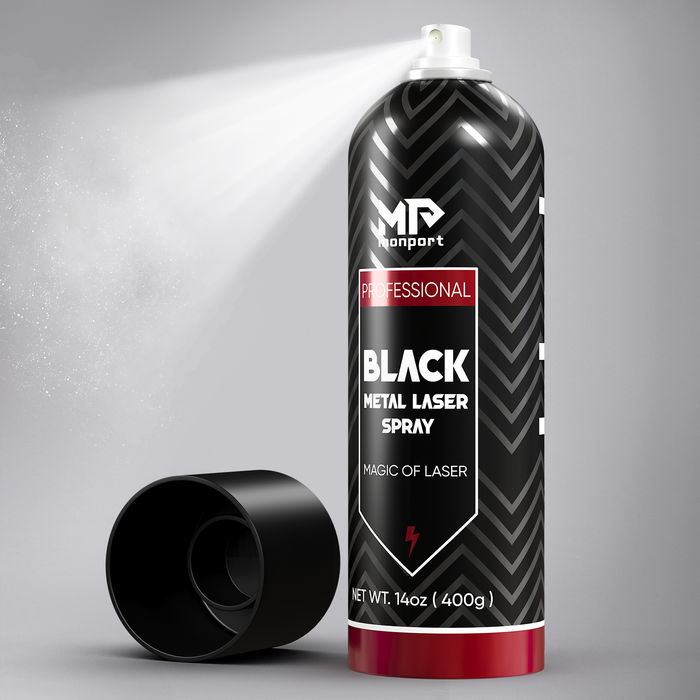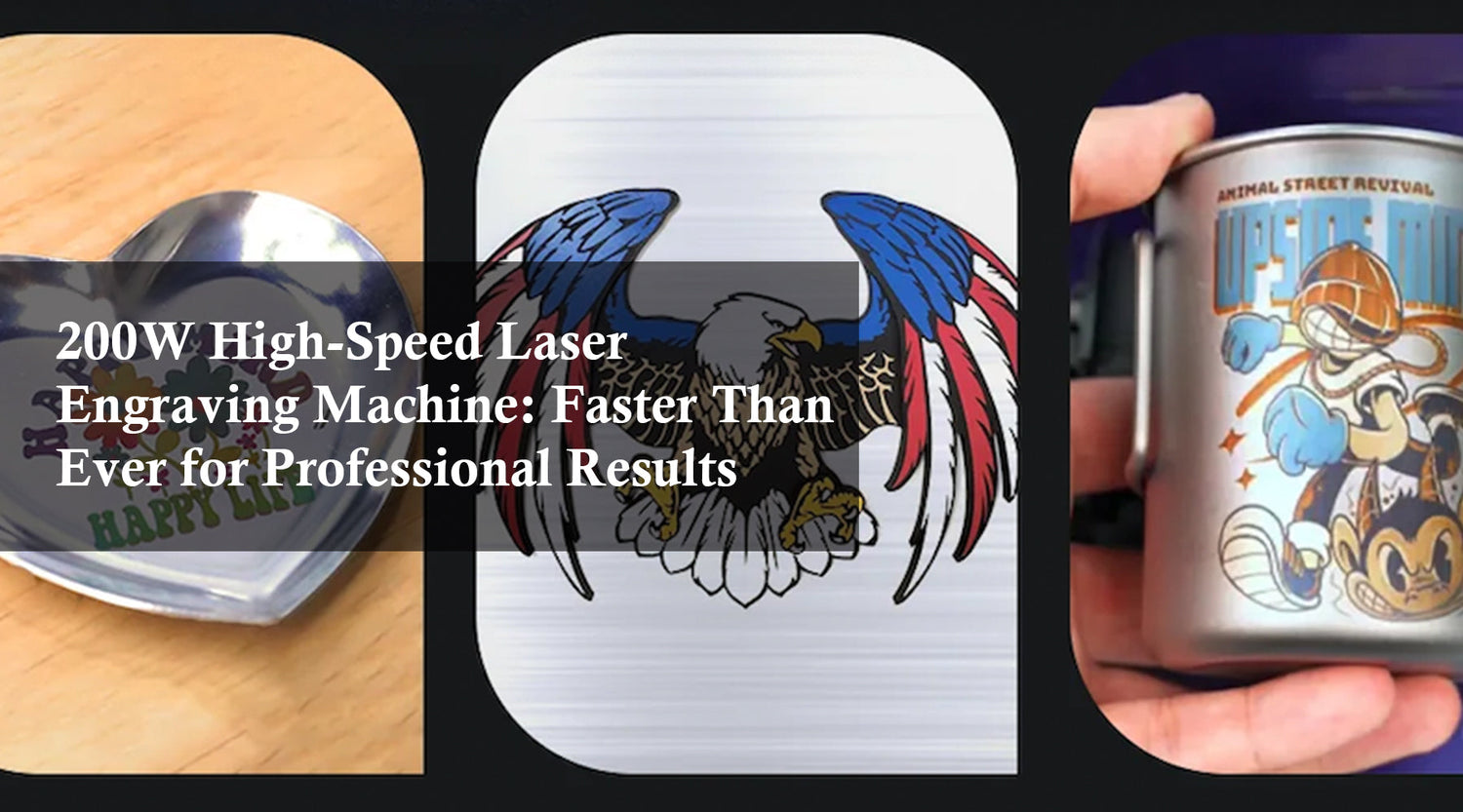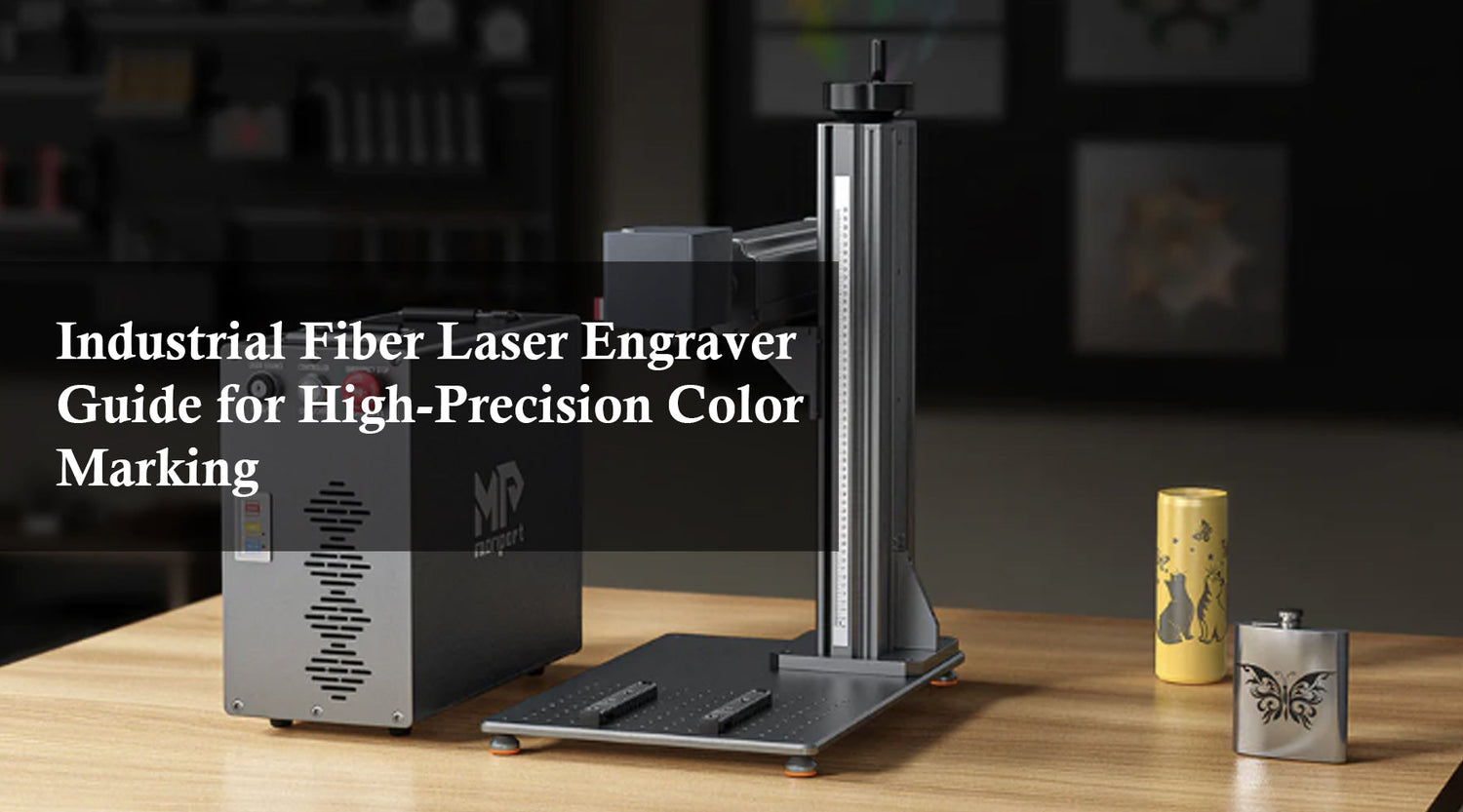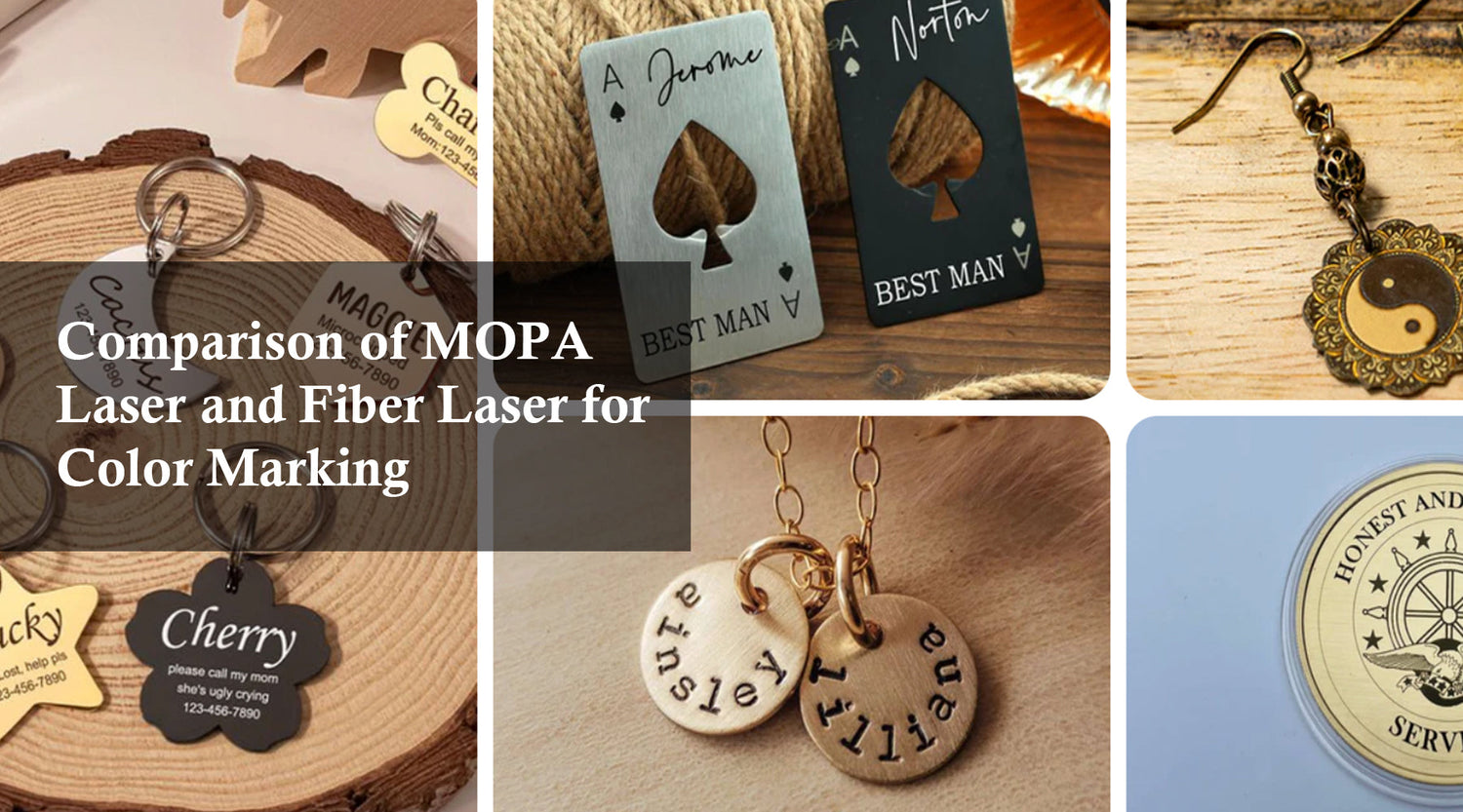Brief introduction to foam
Foam is formed by air pockets in a material. Foam is usually made of polymer, and foam can be divided into hard foam, soft foam, and semi-hard (or semi-soft) foam according to its composition. Rigid foamed plastics can be used as thermal insulation materials and sound insulation materials, thermal insulation materials for pipes and containers, floating materials, and shock-absorbing packaging materials; Soft foamed plastics are mainly used as cushion materials, such as foam artificial leather. Laser etching machines are often used to mark or cut foam materials, providing precise, clean edges for these types of applications. Laser cutting polyurethane foam is one of the most popular techniques for achieving precision in these applications.
Foam plastic is also known as porous plastic, which is made of resin as the main raw material and has countless micropores inside. It is widely used as heat insulation, sound insulation, packaging materials, and car hull. Commonly used foams include polyurethane, polystyrene, polyvinyl chloride, polyethylene, phenolic foam, etc. Laser engraving files allow laser etching machines to precisely cut and mark these materials, creating intricate designs and patterns, making them a popular choice for foam processing in various industries.
Read More: Laser Cutting & Engraving Rubber

Why cutting foam with a laser?
Unlock Big Savings at Monport Laser! Use code BESTMP10 at checkout for an exclusive discount – Click here to shop now!
Laser is a highly flexible tool: everything is possible from prototype design and construction to mass production. You can start with the design program directly, which is especially important for rapid prototyping. Compared with the complex water jet cutting process, the laser etching machine is significantly faster, more flexible, and more effective. Laser cutting polyurethane foam offers clean edges and detailed shapes for even the most demanding designs. Laser engraving files ensure that foam can be cut by laser to form clean, fused, and sealed edges. Cutting foam with a laser is a common procedure nowadays because some people think that laser cutting foam is faster and more accurate than other methods. Compared with the mechanical process, laser cutting polyurethane foam can provide consistent cutting, without generating dents or damaging parts on the machines on the production line, and without any cleaning afterward.
In the traditional industry, the cutter exerts great pressure on foam, resulting in material deformation and dirty cutting edges. When water jet cutting is used, water is sucked into the water-absorbing foam and then separated from the cutting water. First, the material must be dried before it can be used in any subsequent processing, which is a time-consuming operation. With laser cutting, this step will be skipped and you can return to the material processing immediately. Laser engraving files help streamline this process, ensuring high precision and efficiency. In contrast, laser is more eye-catching and undoubtedly the most effective technology for foam processing. When cutting industrial foam, the advantages of using laser over traditional cutting equipment are obvious. Laser cutting foam has many advantages, such as single-step processing, maximum material use, high-quality processing, and accurate cutting.
Laser achieves the minimum profile by using accurate and non-contact laser cutting, which significantly increases the industrial use of foam. Today's foam industry provides a variety of material options for various uses, while laser engraving files allow laser cutting technology to provide a fast, professional, and cost-effective alternative to other traditional processing methods. Using a laser etching machine as a tool for laser cutting polyurethane foam has become more and more common in the industry.
There are generally three kinds of foam that can be safely cut, namely polyethylene (PE) foam, polyurethane (PUR) foam and polyester (PES) foam. Expanded polystyrene (EPS) foam can also be cut by laser, but due to its flammability and the fact that it will not extinguish automatically, special care needs to be taken. Other types of foam usually release highly toxic gases.
How to cut foam?
Due to the compounding and flammability of foam, it is recommended to use point mode, low power and low speed in the engraving process to reduce the heat entering the work. The actual value will depend on the type of foam used, the thickness and density of foam and the laser power used. If your foam density is higher, you will need more power or slower speed. If your foam is thinner, you will need less power or higher speed. Having the nozzle closer to the work piece, makes the air assist more effective, however in most set-ups this means the laser beam will be focussed below the surface, giving a larger kerf or cutting width at the top surface. In fact, you don't need a lot of laser power to carve foam. My typical laser engraving settings on a 50W laser are 20% power (about 18 watts), 400mm/s and 0.2mm scan intervals. Of course, this will vary depending on your machine setup. Don't inject too much energy / heat into the foam at first, otherwise it will start to melt. If you want to carve deeper, you'd better reduce the speed or repeat the cutting several times. Laser cutting polyurethane foam works best when these settings are carefully adjusted for safety and precision.
All engraving materials have unique characteristics, including foam. These characteristics determine how the laser beams interact and change the materials. The most common processes of foam materials are as follows:
Laser cutting foam
Using CO2 laser can cut polymer based foam most effectively. The laser beam heats the material directly, causing it to evaporate. If the laser power is high enough, the laser beam will completely penetrate the material. When laser beam is used to cut polymer, the polymer will evaporate rapidly, thus making the edge smooth and the heat affected zone minimum. For metal based foam, fiber laser is the most effective. The fiber laser can cut thin sheets of foam (up to 1 / 8 inch or 3 mm). Ceramic based foam is usually not cut by laser because it is very brittle and may crack.
Laser engraving of foam
In the process of foam surface engraving, the power of laser beam can be limited to engrave the material to the specified depth. CO2 laser is most suitable for laser engraving polymer foam, while fiber laser is most suitable for metal foam. The laser engraving process can be used to create patterns and designs on the surface of foam.
Laser marking of foam
Metal and ceramic foam can be laser marked using a fiber laser. The energy of the optical fiber laser beam is absorbed by the material surface to heat it and change the color or hue. This change in appearance creates a visible marker without deleting the material. Laser markers can be used to create designs or convey information.
Like common wood or leather engraving, the laser engraving machine can realize cutting and surface engraving, or the combination of the two processes at the same time. The above laser cutting, engraving and marking processes can be combined together without moving or re fixing the foam.
Elevate Your Engraving with Monport Black Laser Marking Spray

Monport black laser marking spray is an essential tool for those looking to create permanent, high-contrast markings on a variety of metals, including aluminum, stainless steel, and brass. Ideal for use with CO2 laser engraving machines of 25 watts and above, this black laser marking spray ensures deep, durable marks that withstand the test of time. With its advanced nozzle technology, the spray is applied evenly, allowing for a smooth, professional finish every time. The quick-dry formula of this black laser marking spray helps streamline your workflow by drying in just five minutes, enabling faster production. After engraving, simply rinse the surface to reveal the sharp, dark markings created by the black laser marking spray, making it perfect for a wide range of applications from custom jewelry to industrial tool marking.
General Foam Laser Considerations

Foam carving is usually done in large size. Therefore, if you mainly carve foam materials, the size of your carving platform must be large enough to accommodate the largest foam plate to be laser processed. Secondly, foam is easier to burn than wood or other materials. If you are not sure whether the material you carve is suitable for carving, you need to test the carving with samples first. Pay attention to various safety precautions when carving. The laser etching machine power must be selected according to the process to be performed. 25 to 150 watts (CO2 laser) is most suitable for laser processing of polymer foam. Fiber lasers of 40 to 50 watts are most suitable for laser processing of metal or ceramic foam. Laser cutting polyurethane foam using these tools helps achieve precise and clean results.
During the engraving process, pay attention to the exhaust measures, and there must be sufficient flow to remove the gas and particles generated during the laser processing in the foam laser engraving, cutting and marking equipment. Therefore, you need to be equipped with air assist to provide an air flow near the laser focus to help remove the gas and particles generated in the process of foam laser engraving, cutting and marking. Since foam is generally made of synthetic chemical materials, the chemical fumes or solid wastes generated during the cutting process need to be treated by the filtration system before being discharged into the external environment, which is for the health and safety of the carver and the working environment. Proper systems are essential when performing laser cutting polyurethane foam to ensure safety and cleanliness.
Unlock Big Savings at Monport Laser! Use code BESTMP10 at checkout for an exclusive discount – Click here to shop now!










